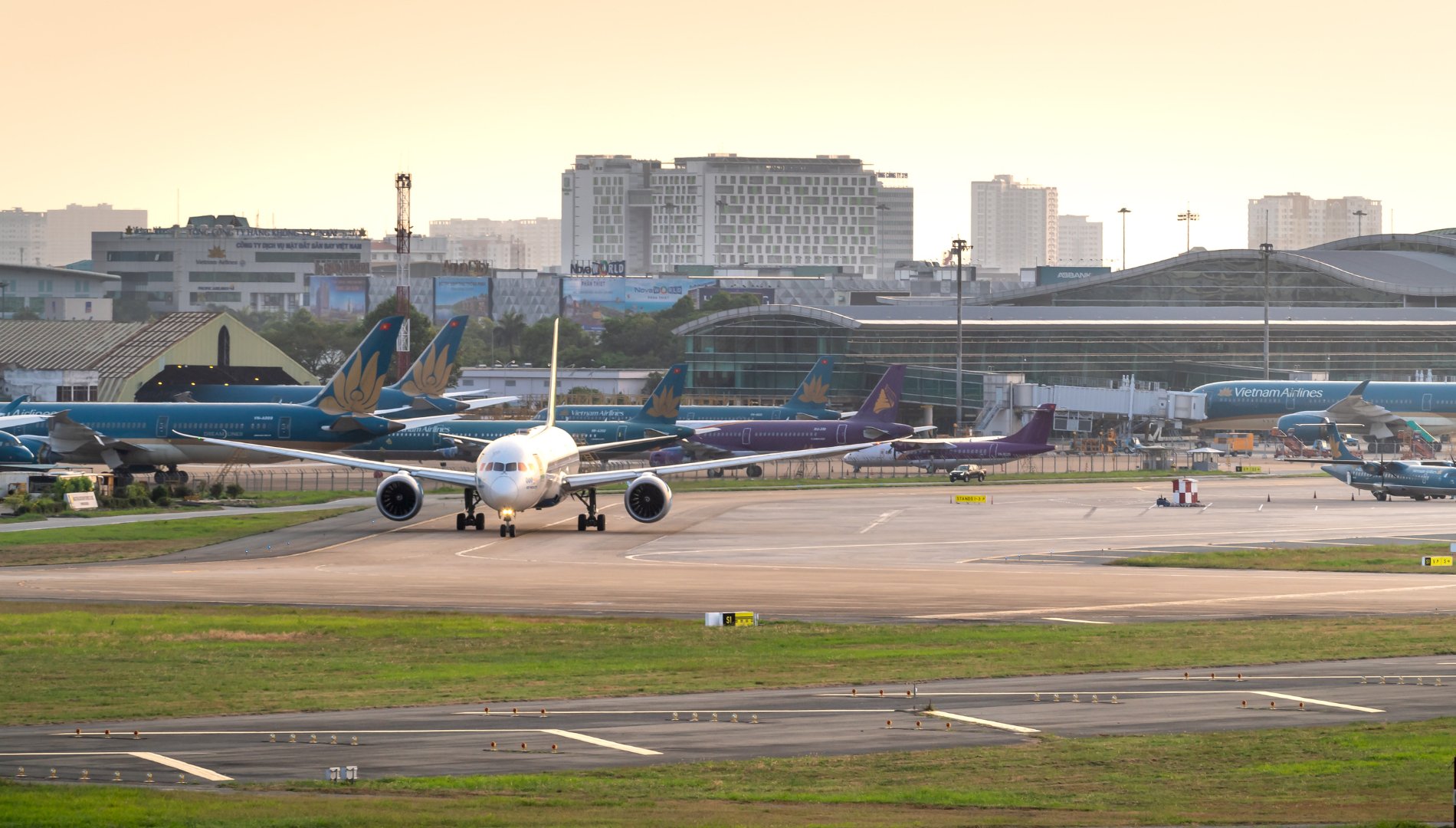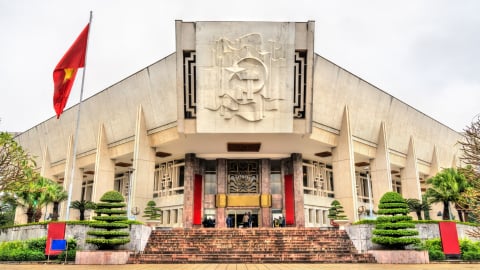In the context of storm No. 5, internationally named Kajiki, which is forecast to be very strong and have a wide range of influence, moving quickly and being especially dangerous, the Civil Aviation Authority of Vietnam (CAAV) has issued an urgent dispatch, directing relevant units to comprehensively deploy prevention and response plans to ensure absolute safety for civil aviation activities.
The storm is predicted by international and domestic forecasting agencies to make landfall directly on our mainland with great devastation, forcing the aviation industry to be put on the highest alert.

According to the Civil Aviation Authority of Vietnam (CAAV), in addition to the four airports directly affected by storm No. 5, namely Tho Xuan - Thanh Hoa, Vinh - Nghe An, Dong Hoi - Quang Tri and Phu Bai - Hue City; airports such as Noi Bai, Cat Bi, Van Don, Da Nang, Chu Lai and Pleiku need to proactively update information to prevent
According to the assessment of the Civil Aviation Authority of Vietnam, there are up to 10 airports in the area that may be affected by the storm. Among them, 4 airports will be directly affected and have the highest risk, including: Tho Xuan (Thanh Hoa), Vinh (Nghe An), Dong Hoi (Quang Binh) and Phu Bai (Hue). For these airports, the Civil Aviation Authority of Vietnam requires that storm response procedures be immediately activated, and necessary conditions be prepared to promptly fix any construction problems, minimizing possible damage.
In addition to the four key airports mentioned above, other airports in the indirectly affected areas such as Noi Bai, Cat Bi, Van Don, Da Nang, Chu Lai and Pleiku are also required to proactively update meteorological information, closely monitor the storm's developments to have timely prevention plans. These units must organize 24/24 hours on duty, strictly implement storm response procedures, and ensure that there is no subjectivity.
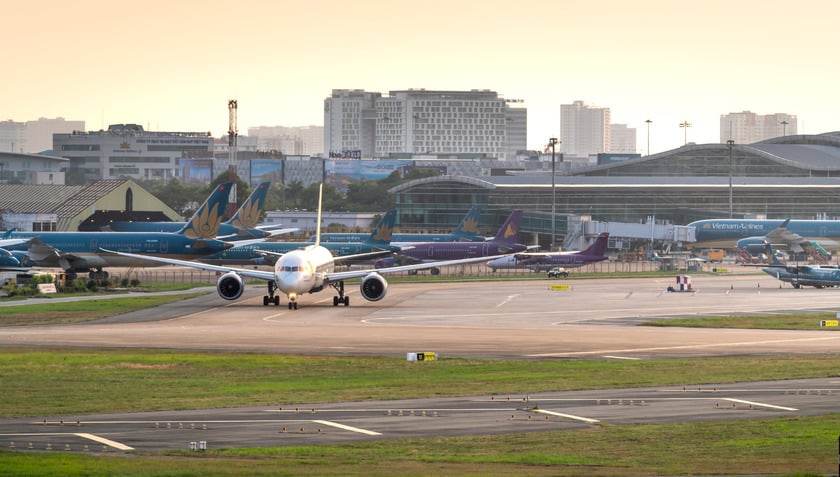
The Civil Aviation Authority of Vietnam requires agencies and units to organize 24/7 duty; strictly implement procedures for responding to storms and tropical depressions in civil aviation activities.
In parallel with directing airports, the CAAV also emphasized the role of airlines and service providers in ensuring flight operations. These units are required to strengthen coordination and closely monitor storm developments to adjust flight plans accordingly, ensuring the highest safety for passengers and crew.
“Airlines must fully update meteorological information from relevant aviation meteorological agencies and base on the actual situation to deploy necessary response actions, minimizing impacts on operations,” the directive of the Civil Aviation Authority of Vietnam stated. This shows the determination of aviation authorities in prioritizing safety first, accepting temporary disruptions to flight schedules to avoid greater risks.
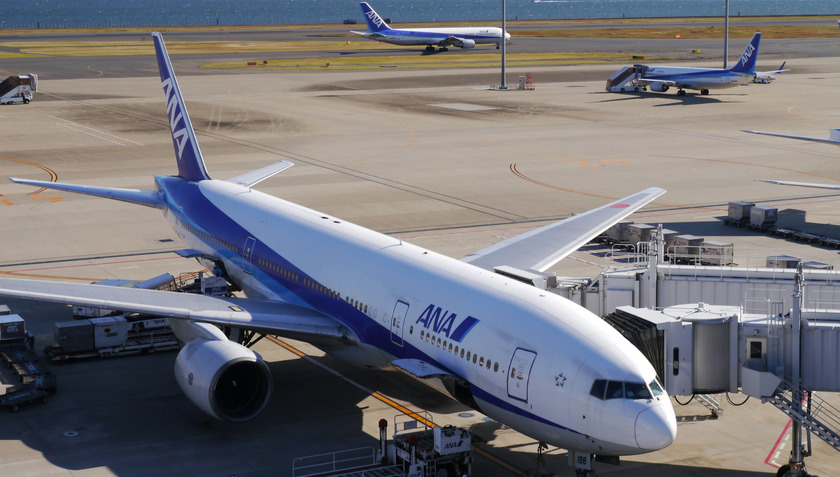
Relevant units are responsible for implementing plans to prevent rain and storms, measures to prevent flooding, clear water flows in airports, and protect works, vehicles, and equipment at airports.
Storm response preparations do not stop at monitoring information, but also include specific technical measures. The Civil Aviation Authority of Vietnam requires airports under the Airports Corporation of Vietnam (ACV), especially Van Don International Airport, to coordinate with relevant agencies and units to inspect the entire port infrastructure system and communication system.
Any damage (if any) must be detected and handled promptly. These units are also responsible for implementing plans to prevent rain and storms, measures to prevent flooding, and to clear the flow in the airport area to protect structures, vehicles and equipment, ensuring the rapid stabilization of all aviation activities immediately after the storm has passed.
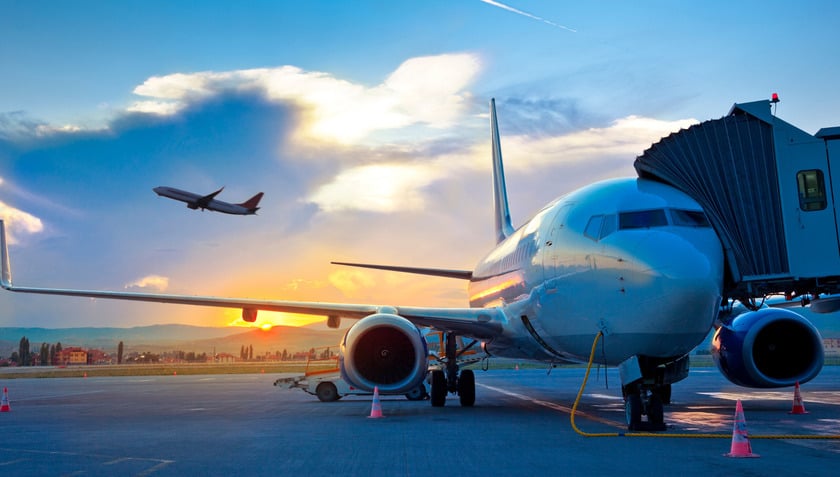
Minimize damage caused by rain and storms and quickly stabilize all aviation activities to serve passenger needs.
According to the forecast from the Aviation Meteorological Center, storm No. 5 will bring very heavy rain. From the night of August 24 to the end of August 26, the Northern Delta, South Phu Tho and from Thanh Hoa to Hue City are likely to experience widespread heavy rain with rainfall ranging from 100-150mm. In particular, the area from Thanh Hoa to Quang Tri will experience heavy to very heavy rain, with rainfall ranging from 200-400mm, even locally over 700mm. Warning of the risk of heavy rain, over 200mm/3 hours, an alarming number.
In the face of extreme weather conditions, the CAAV’s strong and specific instructions demonstrate the aviation industry’s proactiveness and high responsibility in protecting the property and lives of passengers and staff. Close coordination between airports, airlines and meteorological agencies will be the decisive factor in minimizing damage, ensuring that the Vietnamese aviation industry always operates safely and effectively, even in the most severe weather conditions.





